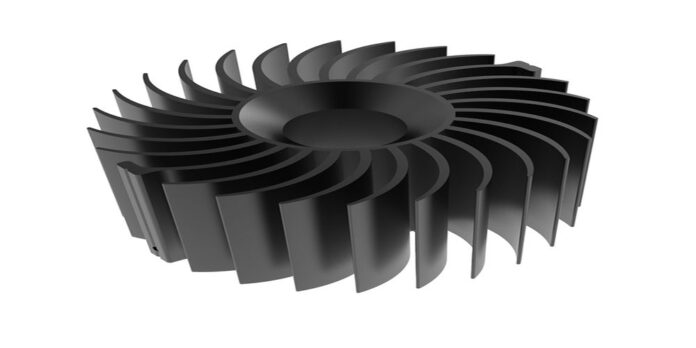A significant amount of heat is generated during the functioning of diodes, integrated circuits, and transistors. Supplemental cooling is required to keep the temperature within the manufacturer’s specifications since excessive heat can damage or adversely influence the performance of semiconductor devices.
While some electronic components, such as lasers and power, can dissipate heat on their own, most optoelectronic devices can’t. Below are types of heat sinks according to the manufacturing process you can consider.
Types of Heat Sinks (By Manufacturing Process)
Heat sink manufacturing processes have their advantages and disadvantages. When it comes to creating heat sinks, there are numerous methods to choose from. Six types of heat sinks are covered in this article.
Heat Sinks Made of Extruded Aluminum
The aluminum heat sink extrusion account for the vast bulk of all heat sinks on the market. The method can be used in a variety of situations. With extruded heat sinks, unique specifications may be easily made at a cheap price point. Extruded heat sinks’ performance might range from poor to excellent. However, their principal drawback is that the extrusion’s maximum width constrains their dimensions.
Bonded Heat Sinks
These are typically employed in situations when a substantial heat sink is required. Because the base and fin materials can be varied, this is a positive aspect of these devices. Fins can also be made from a combination of aluminum and copper rather than from a single material. Improved thermal performance with minimum weight gain is possible with this design. The performance of bonded-fin heat sinks is moderate, and the price is high.
Skived Heat Sinks
Copper is the most common metal used to make these heat sinks. A solid block of metals is used to make them. If you need a heat sink with a great degree of customizability, these are the ones for you. Heat can be dissipated more easily because of the increased surface area. They are capable of medium to high performance but are limited by their weight and sensitivity to directional changes.
Stamped Heat Sinks
These metal fins are soldered to the base after being stamped and welded together. These are typically utilized in low-power applications. Stamped heat sinks have a low production cost because of the simplicity they may be automated. The major problem is, of course, poor performance.
Forged Heat Sinks
Compressed aluminum or copper is used to make forged heat sinks, which have many applications. Cold or hot forging can be used to create heat sinks. High numbers of these can be produced at a moderate cost and medium performance. These devices, on the other hand, have limited design options.
CNC Machined Heat Sinks
Using this method, you may create the most intricate shapes with high thermal conductivity. This means that you have a lot of freedom when designing. However, they have a high price and a long production time for each piece, which may not be optimal for high-volume production.
Final Thoughts
The heat created by electronic gadgets is absorbed and dissipated via heat sinks. Your design needs and volume requirements must be considered while deciding on the best type for you.
Aluminum saves weight and money, but the highest heat conductivity may be achieved with copper when it comes to materials. Forging, machining, and extrusion are just possibilities accessible for manufacture. There are advantages and disadvantages to each.







